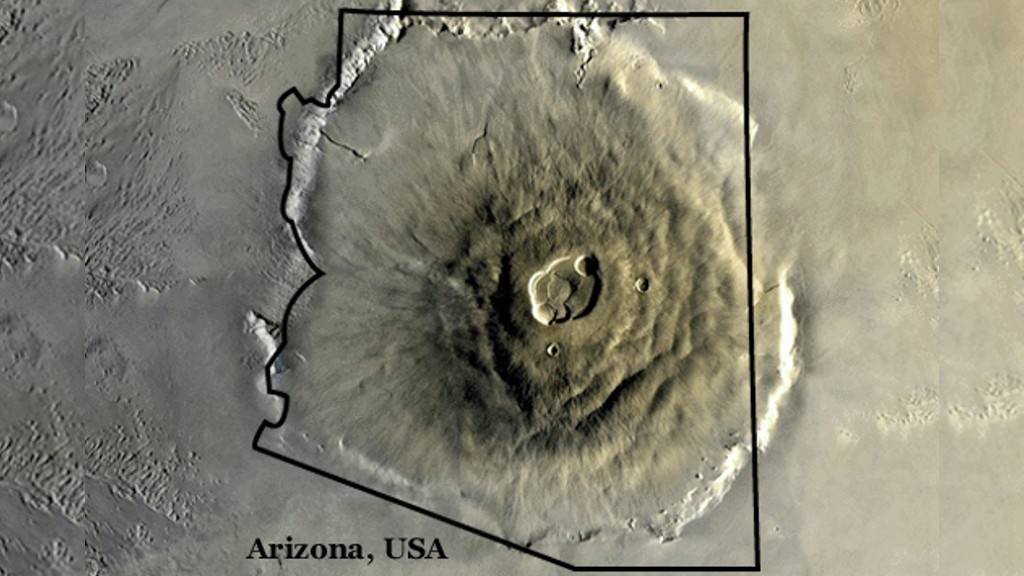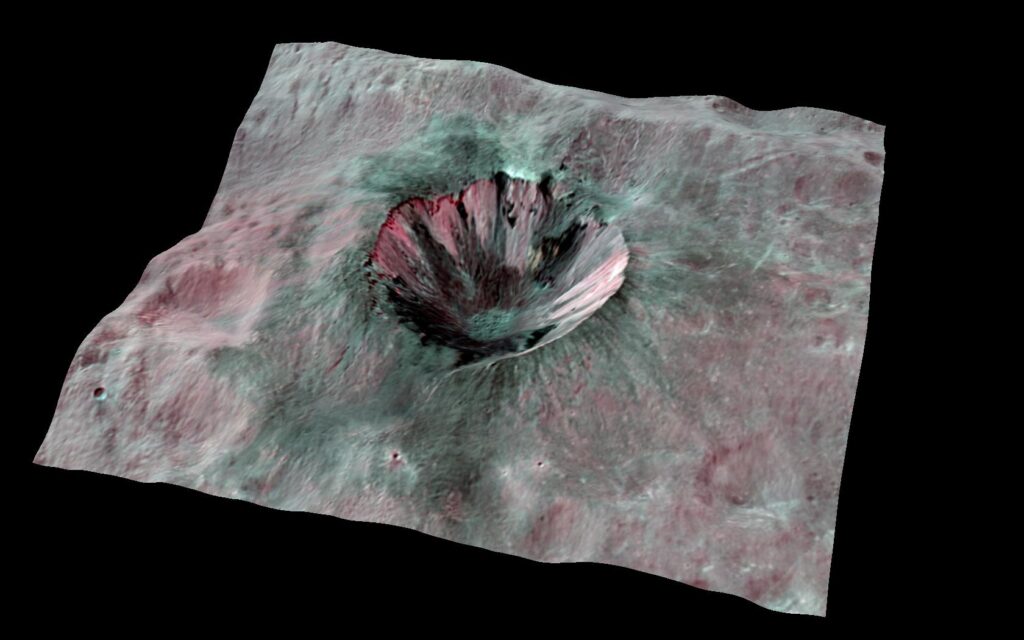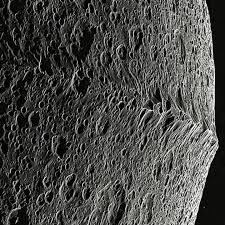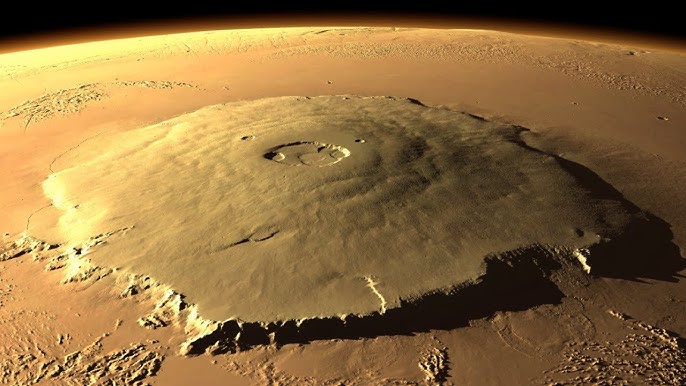Alien Peaks:
When we think of the tallest mountains, Mount Everest often comes to mind. At 8,848 meters above sea level, it’s Earth’s giant. But step beyond our blue planet, and you’ll find mountains so immense, they make Everest look like a mere bump on a cosmic scale.
Across the solar system, on planets, moons, and asteroids, mountains rise higher, survive longer, and form in ways utterly alien to Earth. Welcome to a universe where height is unbound by Earth’s gravity—and awe becomes the only constant.
🏔 Olympus Mons – The King of Mars
- Height: ~22 kilometers (13.6 miles)
- Base Width: ~600 kilometers
- Type: Shield volcano
Olympus Mons isn’t just the tallest mountain on Mars—it’s the tallest in the entire solar system. This colossal shield volcano is nearly three times the height of Everest and so wide that its base could cover an entire country.
Its gentle slopes rise slowly, the result of billions of years of lava flows piling up in the absence of tectonic movement. Mars’ low gravity and lack of erosion allowed it to keep growing, undisturbed by time.
🌌 Human Awe:
Standing at its base, you wouldn’t see the summit—it’s so massive, it curves out of sight. You’d feel like a speck in the presence of a god.

🪨 Rheasilvia Central Peak – The Crown of an Asteroid
- Height: ~20–25 kilometers
- World: Vesta (asteroid in the asteroid belt)
- Formed by: Impact and rebound
In the heart of Vesta lies the Rheasilvia Crater, a giant scar from an ancient impact. At its center rises an enormous peak, formed as the asteroid’s surface rebounded from the collision—like water splashing up after a stone is thrown in.
Despite Vesta’s small size, the peak rivals Olympus Mons. This is not a mountain formed by fire or uplift, but by cosmic trauma.
🌌 Human Awe:
Looking up from the crater floor, the peak seems to scrape the stars—a frozen shockwave turned into stone.

🌗 Equatorial Ridge – Iapetus’ Cosmic Belt
- Height: Up to 20 kilometers
- World: Iapetus, a moon of Saturn
- Feature: Mountain ridge circling the moon’s equator
This moon is home to one of the most mysterious formations in the solar system: a mountain ridge that wraps around its equator like a belt. From space, Iapetus looks like a walnut—cracked in two.
Some scientists believe the ridge could be ancient debris from a collapsed ring, while others think it’s the result of internal forces. Its origin remains a puzzle.
🌌 Human Awe:
If you hiked along this ridge, you’d be walking along the spine of a world, with the emptiness of space on either side.

🌋 Boösaule Mons – A Giant Amid Fire on Io
- Height: ~17.5 kilometers
- World: Io, Jupiter’s moon
- Type: Tectonic uplift mountain
Io is the most volcanically active body in the solar system. Amidst its lava flows and sulfur clouds rises Boösaule Mons—a steep, fractured mountain created by immense pressure beneath the surface.
Unlike Olympus Mons or Rheasilvia, this is a mountain formed by tectonic chaos. Its jagged cliffs defy the smoother contours of volcanic peaks.
🌌 Human Awe:
Amid erupting volcanoes and sulfur snow, this mountain looms like a last bastion of calm—a titan frozen in turmoil.

🚀 Why Mountains in Space Can Be So Tall
Earth’s gravity, weather, and tectonic activity constantly erode and reshape its peaks. But on other worlds:
- Low gravity allows structures to rise higher without collapsing
- No rain, wind, or rivers to wear mountains down
- Geological inactivity lets them persist for billions of years
In these distant worlds, mountains are permanent monuments—cosmic archives of planetary history.
🧠 Final Thought: When Height Becomes Humbling
These mountains are more than geography. They are echoes of ancient forces, frozen in stone across alien landscapes. They dwarf not only Everest—but our very sense of scale.
To stand before them, even in imagination, is to feel something primal—that deep, humbling astonishment that reminds us how small we are in the grand theatre of the universe.